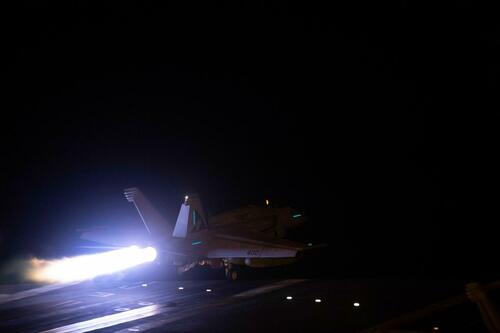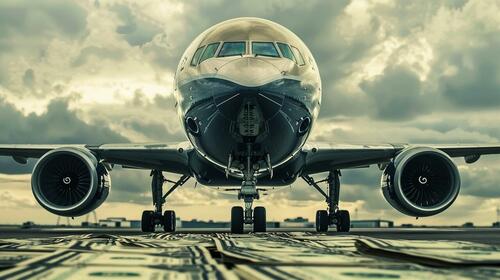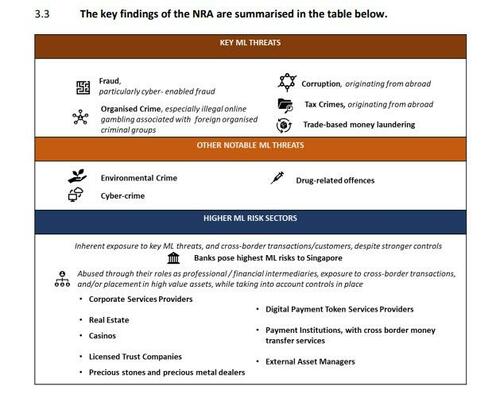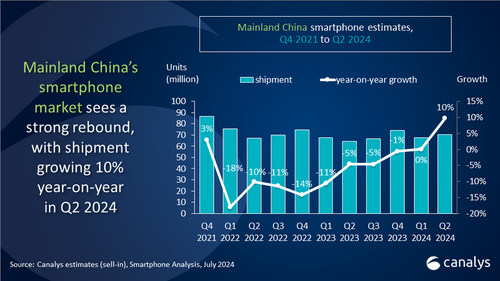Fair Share? Yellen Says US Opposed To Global Wealth Tax On Ultra-Rich
Authored by Tom Ozimek via The Epoch Times,
A proposal for a worldwide tax on the assets of the ultra-wealthy that’s being pushed by some countries within the G20 does not have the support of the Biden administration, according to Treasury Secretary Janet Yellen.
Ms. Yellen told reporters at a July 25 press conference during the G20 finance ministers meeting in Rio de Janeiro, Brazil, that the United States thinks that a global agreement on taxing ultra-high-net-worth individuals is neither practical nor a particularly good idea.
“Tax policy is very difficult to coordinate globally,” Ms. Yellen said.
“We don’t see a need or really think it’s desirable to try to negotiate a global agreement on that.”
The new global tax on billionaires was proposed by the European Union Tax Observatory last year, and last month, the Brazilian G20 presidency asked its researchers to lay out their proposal in more detail.
French economist Gabriel Zucman, an architect of the proposal, has posited that individuals with more than $1 billion in net worth should be required to pay a minimum annual tax amounting to 2 percent of their wealth, according to a baseline version of what he calls an “ultra-high-net-worth tax.”
The reason the minimum is expressed as a fraction of wealth rather than income is that wealth is far more difficult to manipulate, according to the proposal.
Mr. Zucman estimates in his report to the G20 that the minimum tax on billionaires equal to 2 percent of their wealth would raise between $200 billion and $250 billion per year from about 3,000 individuals. If the tax is extended to individuals worth more than $100 million, that would generate an additional $100 billion to $140 billion a year.
Participating countries would coordinate their efforts at a global level to collect the tax through various domestic instruments, including by a tax on the broad notion of income, as well as a wealth tax.
Now is a good time to implement such a tax, according to the French economist, because bank secrecy laws have been curtailed over the past 15 years through increased global information exchange. A key obstacle to successful implementation is gaps in information exchange, which Mr. Zucman says could be overcome by enhanced surveillance to identify the beneficial owners of assets.
The global ultra-high-net-worth tax proposal is a way to make progressive taxation more effective, according to Mr. Zucman, who argues that contemporary tax systems fail to effectively tax the wealthiest individuals and so undermine tax progressivity and all its purported benefits.
“A progressive tax system strengthens social cohesion and trust in governments to work for the common good,” Mr. Zucman writes in the executive summary of his G20 report.
“It is critical to fund the public goods and services—such as education, health care, public infrastructure—that are engines of economic growth, as well as the investments needed to address the climate crisis.”
Ms. Yellen, in her remarks in Rio de Janeiro, threw cold water on the global ultra-high-net-worth tax, but not on progressive taxation.
“We think that all countries should make sure that their taxation systems are fair and progressive,” Ms. Yellen said.
The Treasury Secretary added that the Biden administration is “strongly supportive of progressive taxation, and making sure that very wealthy high income individuals pay their fair share.”
She highlighted policies proposed by President Joe Biden, such as a billionaires’ tax, which she described as “a very worthwhile initiative.”
President Biden has put forward a proposal for a billionaire’s tax that would set a minimum 25 percent tax for the nation’s billionaires, generating an estimated $500 billion in revenue over a decade.
Critics of a billionaire’s tax have argued it would face significant legal hurdles, including constitutional challenges on grounds of it potentially being recognized as a type of direct tax that is not permitted under the U.S. Constitution.
Tyler Durden
Fri, 07/26/2024 – 14:15
via ZeroHedge News https://ift.tt/hR1FdqP Tyler Durden













